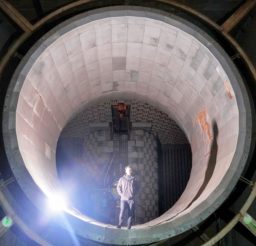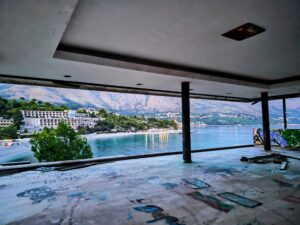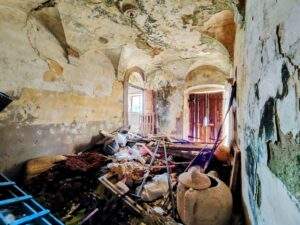Abandoned Bulgaria: Communist Era Ghost Town | Urbex
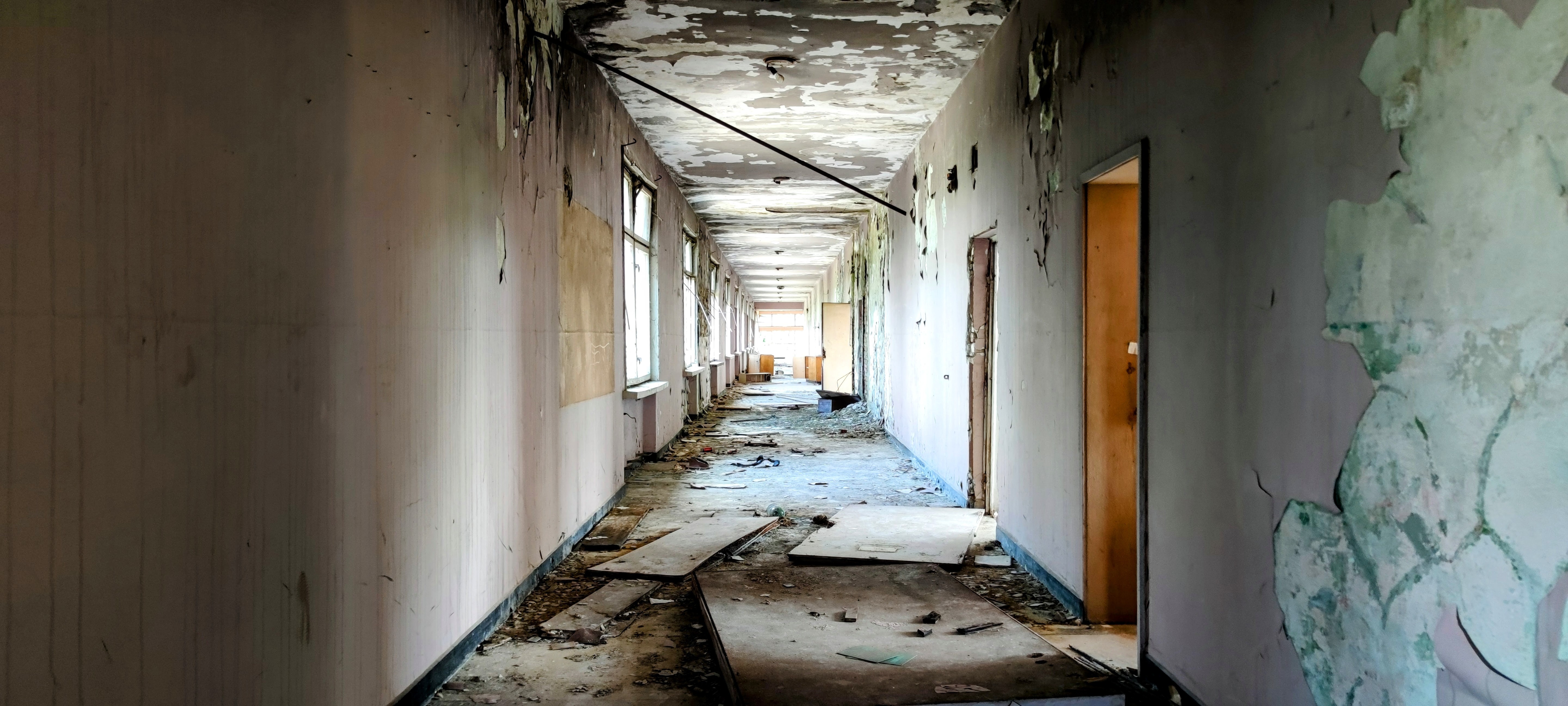
In this industrial area on the outskirts of Bulgaria’s capital, Sofia, the vast remnants of a once-bustling town now resemble the levels of decay seen in the infamous Pripyat. This town grew in size and population as a result of the once booming steel industry nearby. In the communist era, people migrated from across the country to work in the large local steel plant, which was an important part of Bulgaria’s economy. Industry was an integral part of the communist regime, with the country wanting to progress into a developed scientific and industrial state, exporting to other countries in the Eastern Bloc. In 1948, around 80% of the population were working in agriculture, falling to below 20% 40 years later.
It was this extreme transition to industry that led to the growth of this now half-decayed town, but what led to its demise?
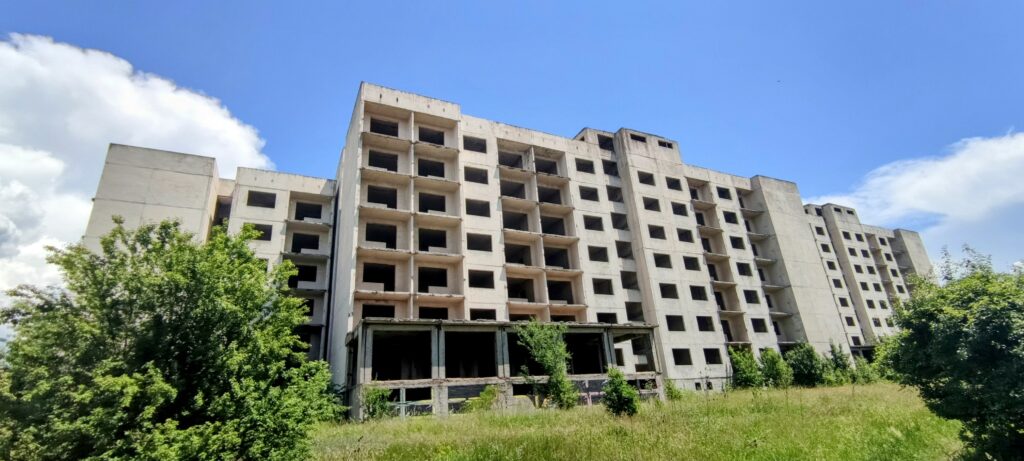

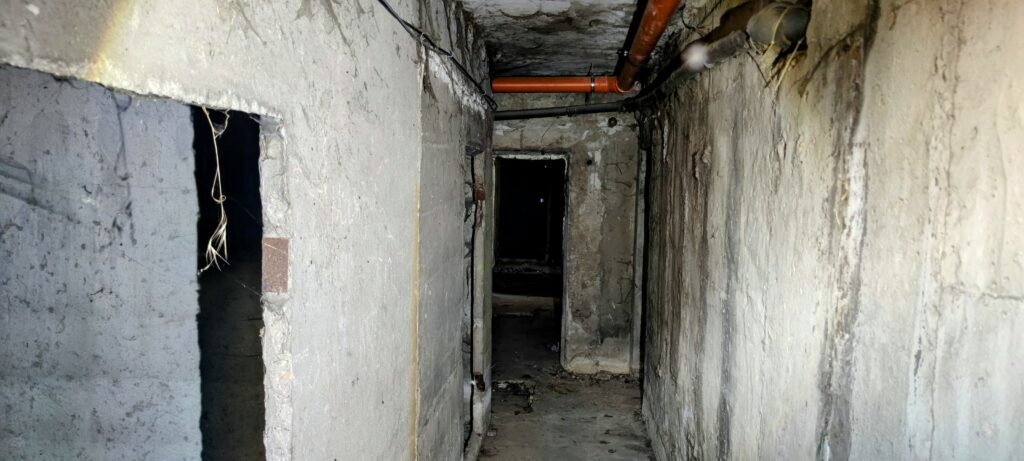
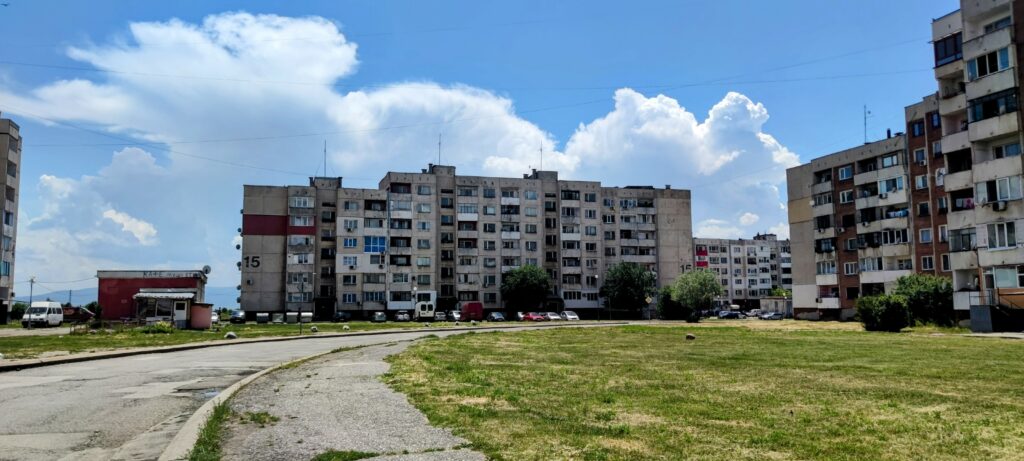
With the fall of communism in Bulgaria in 1990 came wider competition from the rest of the world’s free market economy, and industry was no longer propped up by the regime. Communism had no doubt propelled Bulgaria’s economy and industrial growth, but this was in part artificial, with the regime funding growth as part of its priorities in developing the country and providing everyone with employment. Alongside this, more efficient western technology could now penetrate the borders, meaning less manual work was required, further reducing employment in the heavily industrial area. At the steelworks in particular, worker numbers have reduced from a peak of 20000 to around 8000. Whilst the steelworks was the major employer for the town, these impacts have been mirrored in other industrial employers across the region.
With greater interconnectivity and freedom of movement with the rest of Europe post communism, Bulgaria’s population has been experiencing a stark decline. At the end of the 1980s, the country’s population was around 9 million. By 2018, it fell below 7 million, exacerbated by low birth rates. With this cocktail of industrial and population decline, it’s no surprise that vast swathes of the country show signs of abandonment and dereliction, and this ghost town is a prime example.

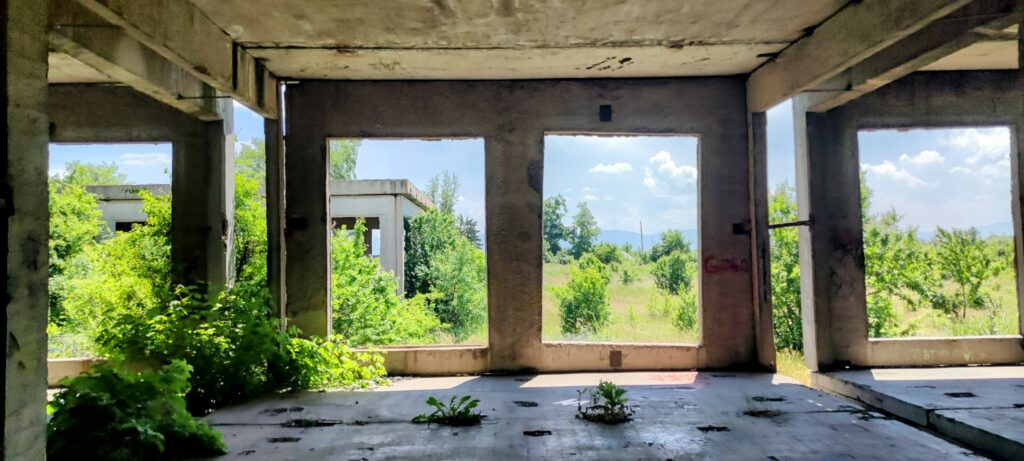
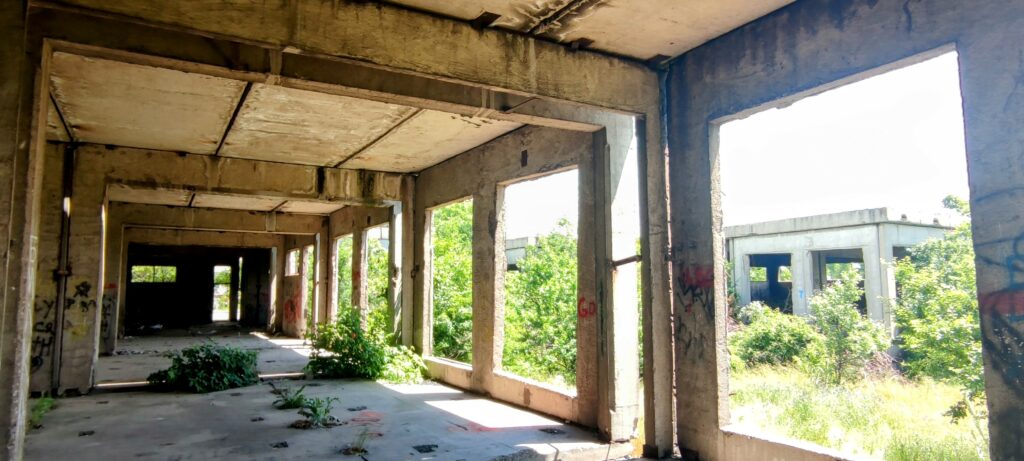
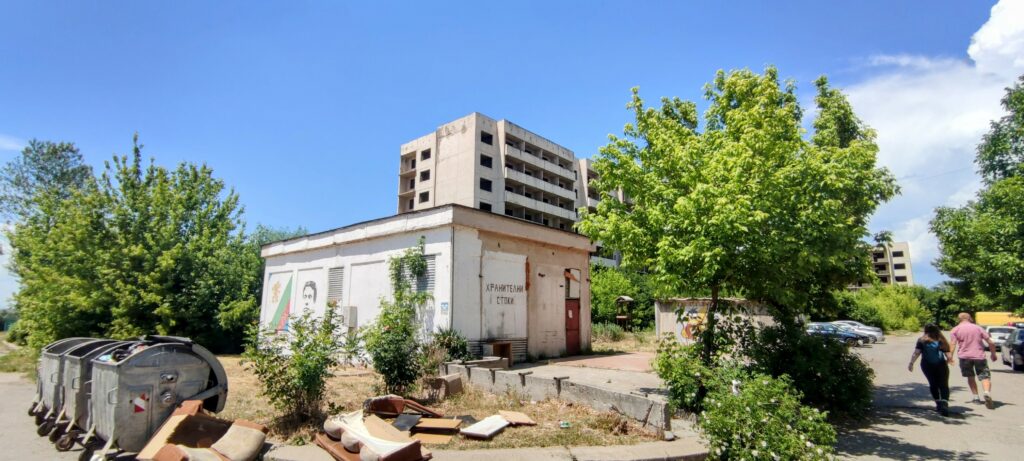





As we approached the town, tall brutalist concrete blocks of flats jutted out of the scarred industrial landscape, contrasted by rolling hills on the horizon. It’s clear that some of the buildings are still partially occupied, perhaps by those too old or too stubborn to leave. Peeking into one of the towers that was still lived in, we were greeted by harsh concrete and crumbling walls.
We wandered along the road to a similar building that was never finished, its completion outpaced by the population decline and lack of demand for housing. The building was just a concrete shell, with no windows, handrails or internal fittings ever added. Walking up the crumbling staircases with concrete and rubble below induced vertigo, as did peering from the balconies and window gaps with a sheer drop below, only rubble to break a fall. The only purpose this multi-storied concrete maze has ever served is being a haphazard playground for the few remaining local youths, with some rooms littered with rubbish and fire-scarred. From the roof of this building we spotted an abandoned shop, with trees and shrubs encroaching ever closer.



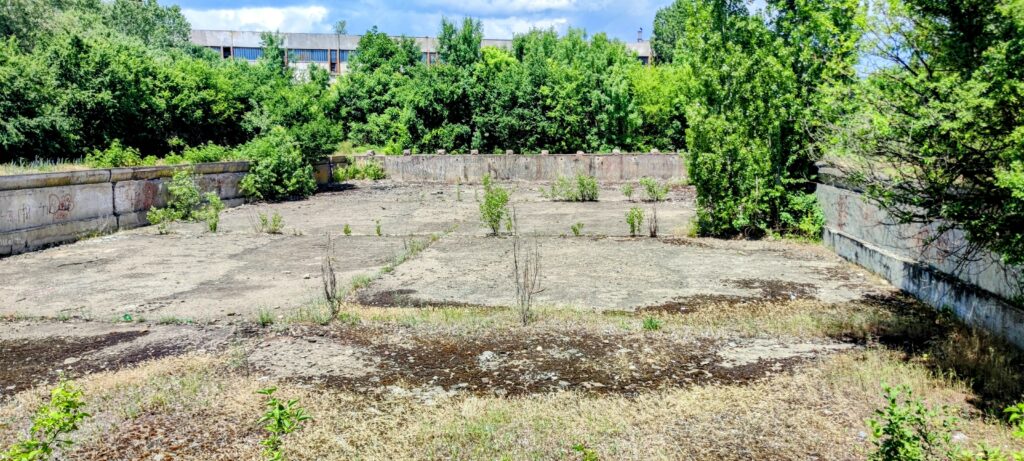

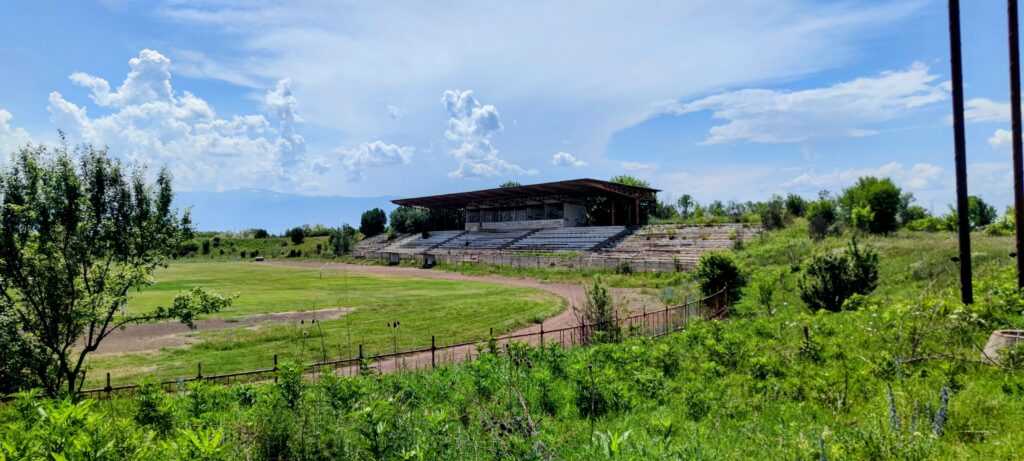
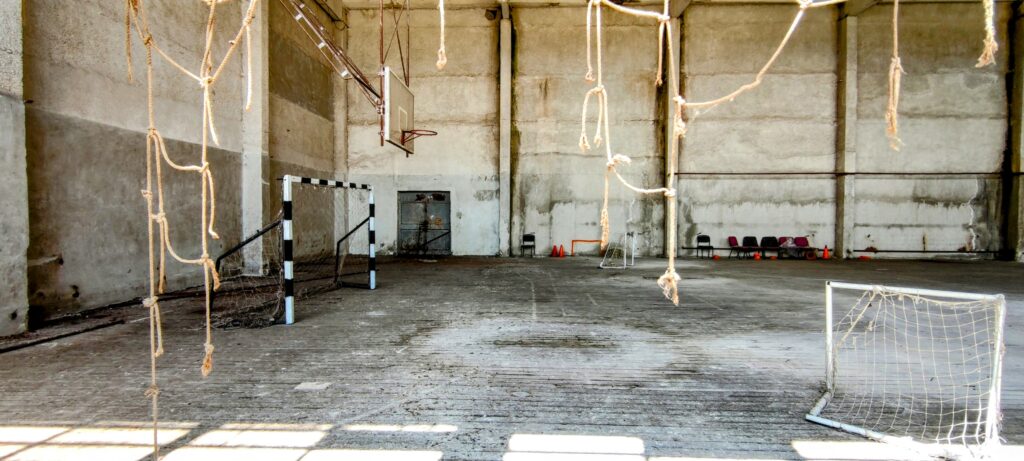
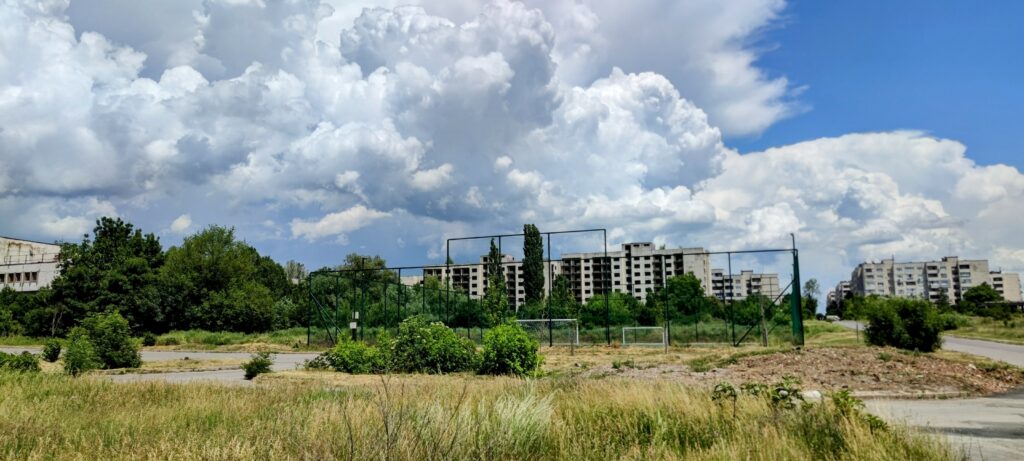
We headed towards this shop and came across what would have been an outdoor swimming pool, which now had weeds penetrating its base. Venturing further through the wilderness, we found more amenities that would have served the local population- a sports hall and small stadium and sports ground. Much like Pripyat and other communist-era towns, much care was taken to provide leisure facilities to these working communities, aiming to provide thriving, happy living environments to those workers who were deemed so important to the communist ideal.
The next apartment building we visited showed signs that it had once been occupied, with some flats walls being lined with flaking paint, and some personal clutter left behind. The exterior of the tower was painted yellow and red. Like many of the other buildings in the area, no windows or doors remained, and most objects inside had either left with their owners, or been stripped and looted.
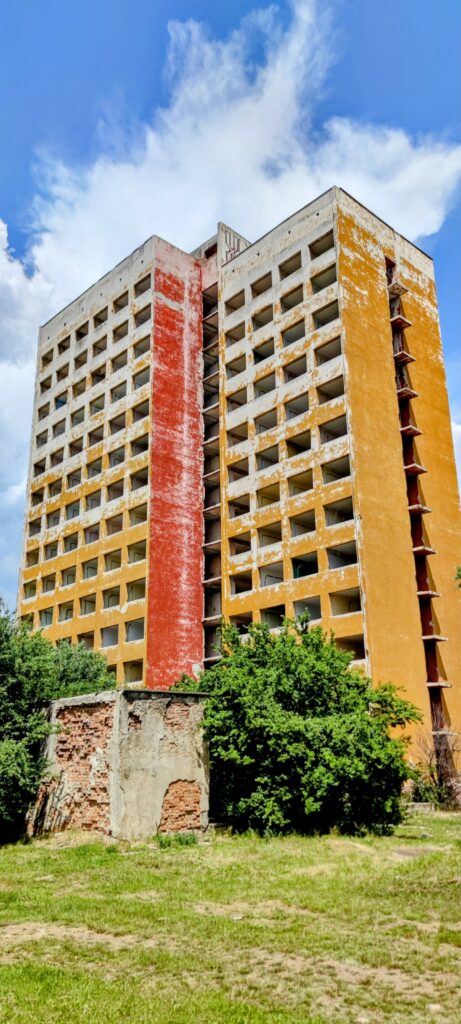

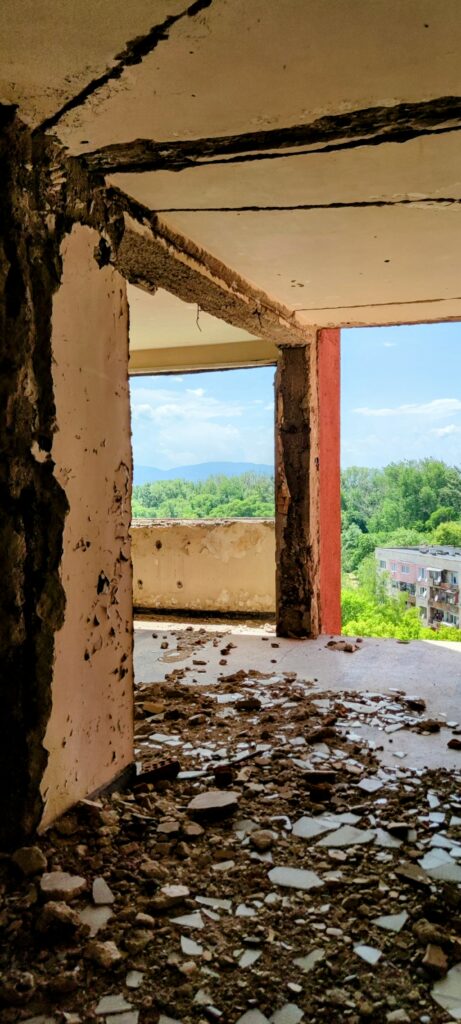
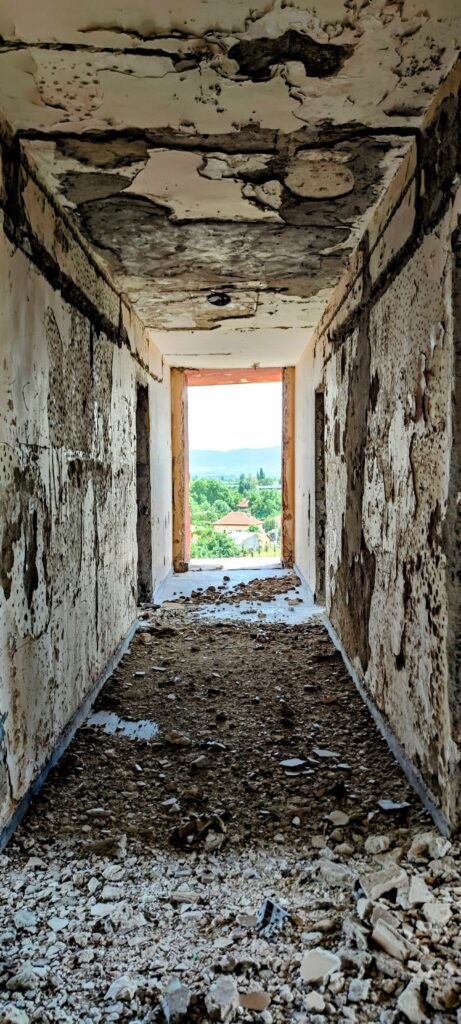

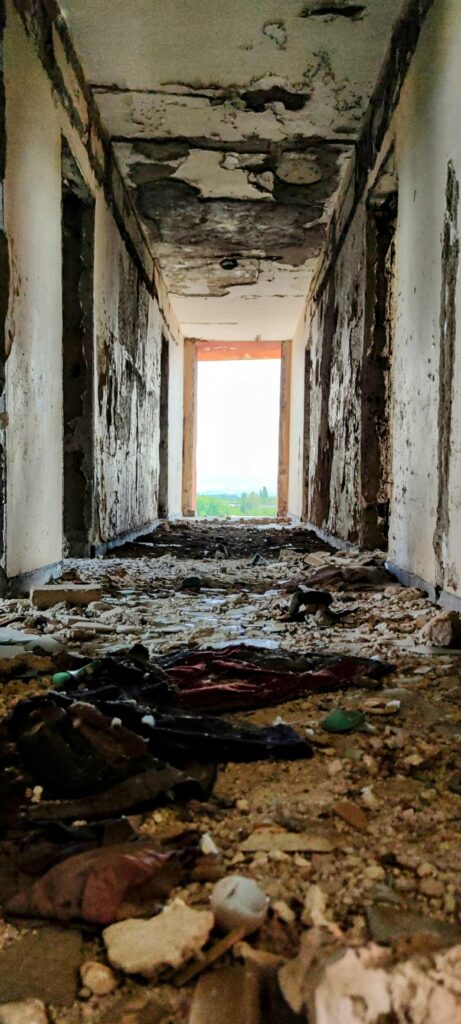
Next we visited one of the most interesting abandoned buildings in the town- its school. Entering the large building, we were greeted with a mural in the lobby. Long corridors were littered with old furniture and school books. Chalk boards and signs still clung to the walls of many classrooms, and desks and chairs remained, untouched for decades. Our footsteps echoed in the empty sports hall, which once would have housed basketball practice for the pupils. Perhaps these pupils wouldn’t have known that they would not complete their education at the school, their lives changing drastically as a result of politics, moving their lives to other parts of the country or indeed abroad in line with the downfall of the town.

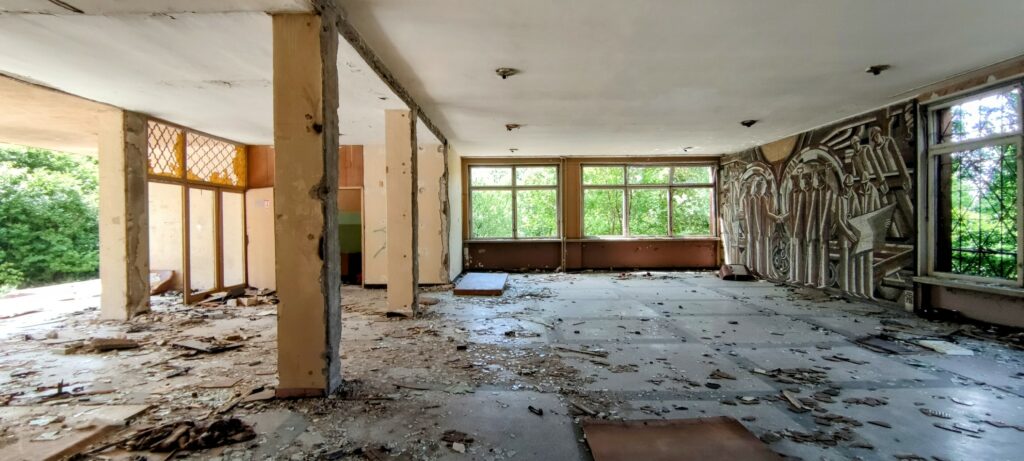
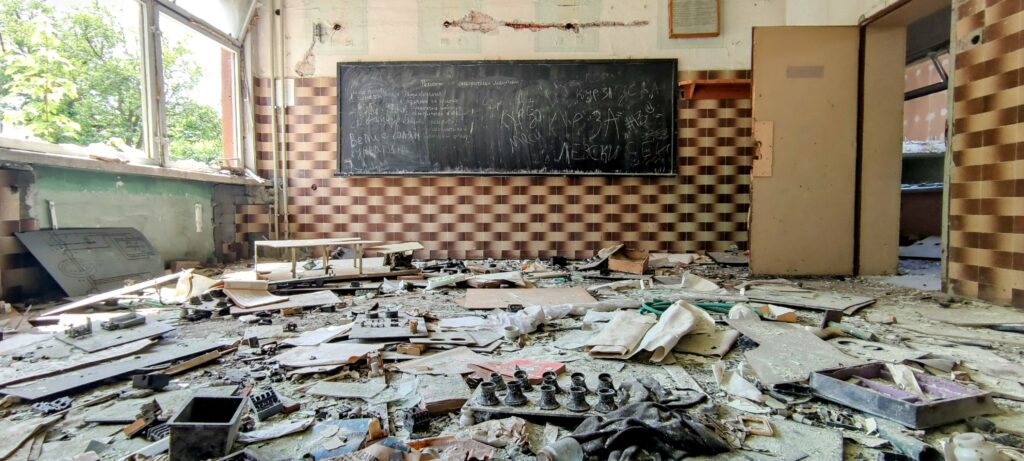


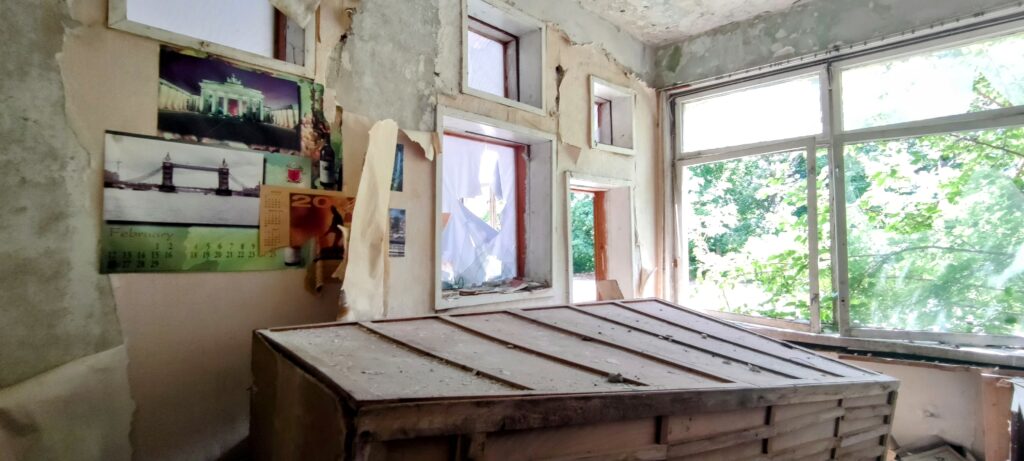


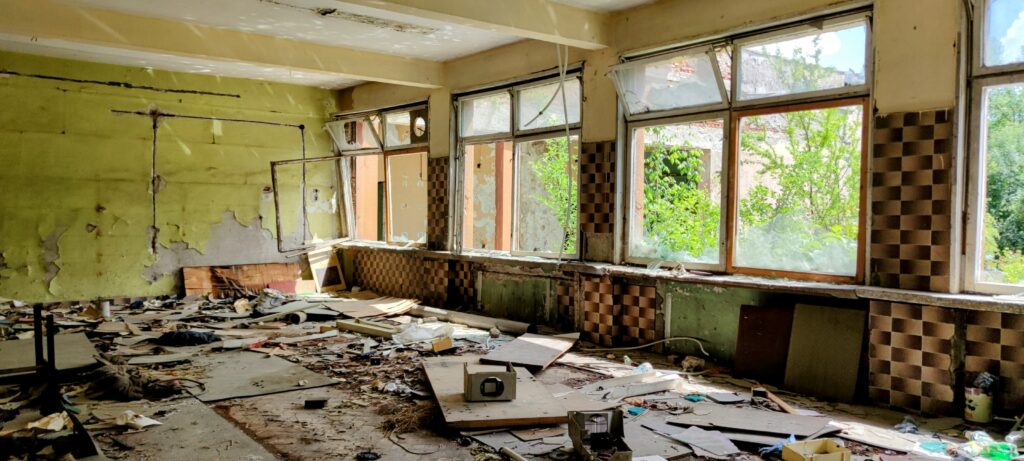

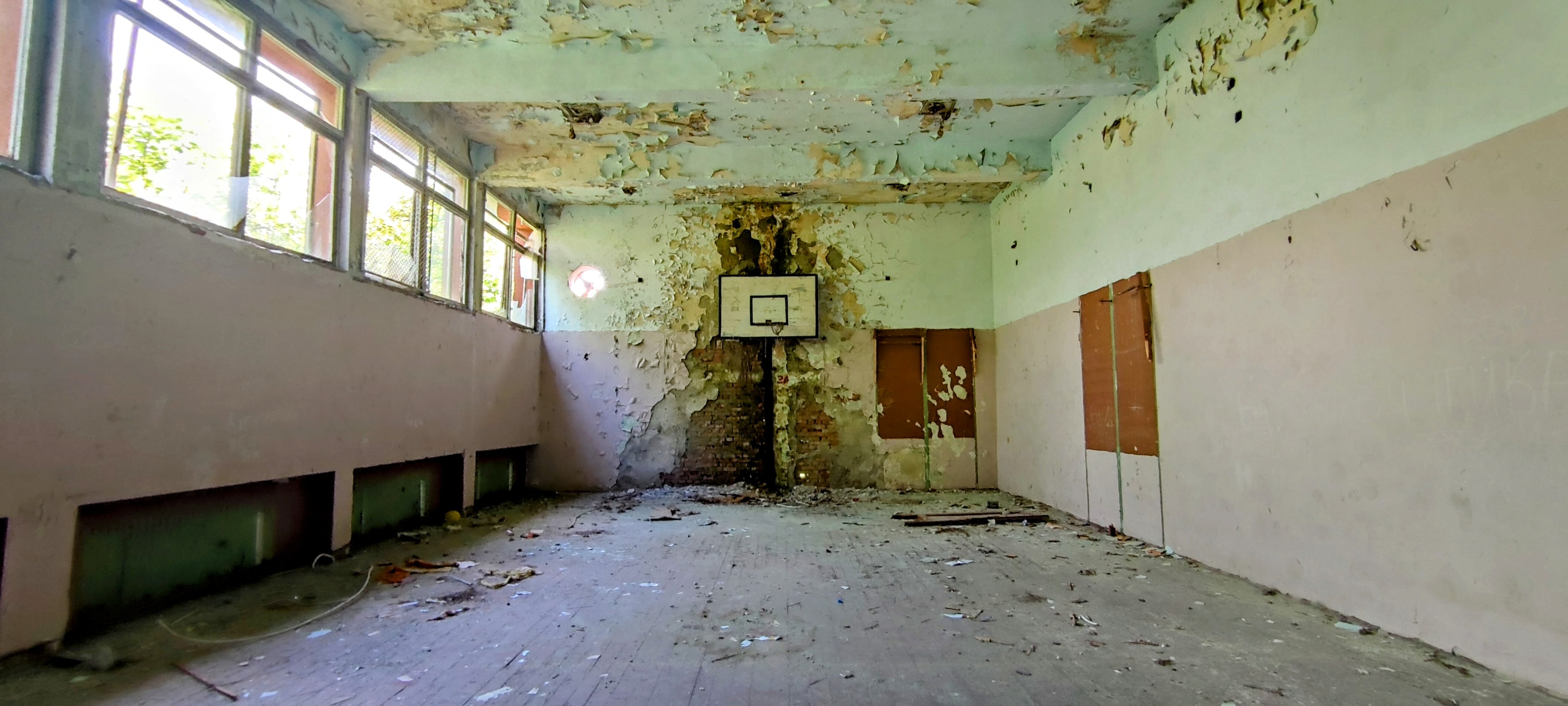



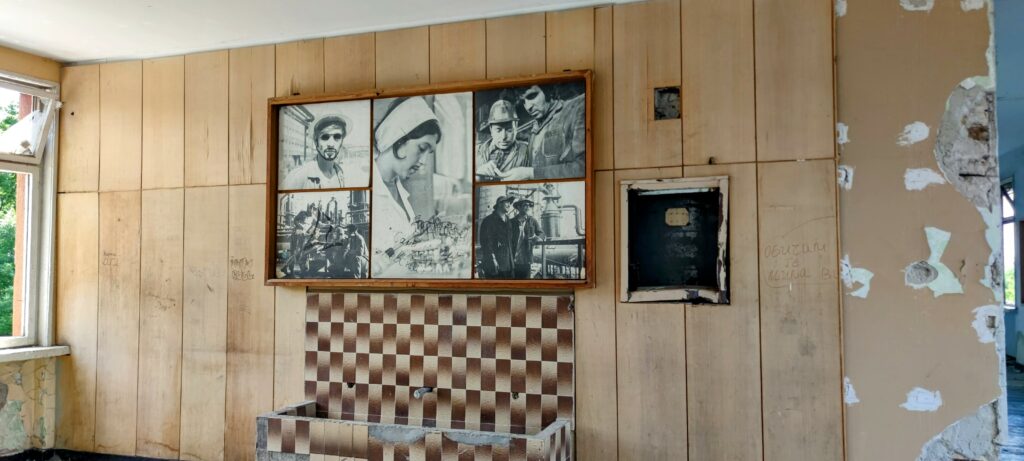


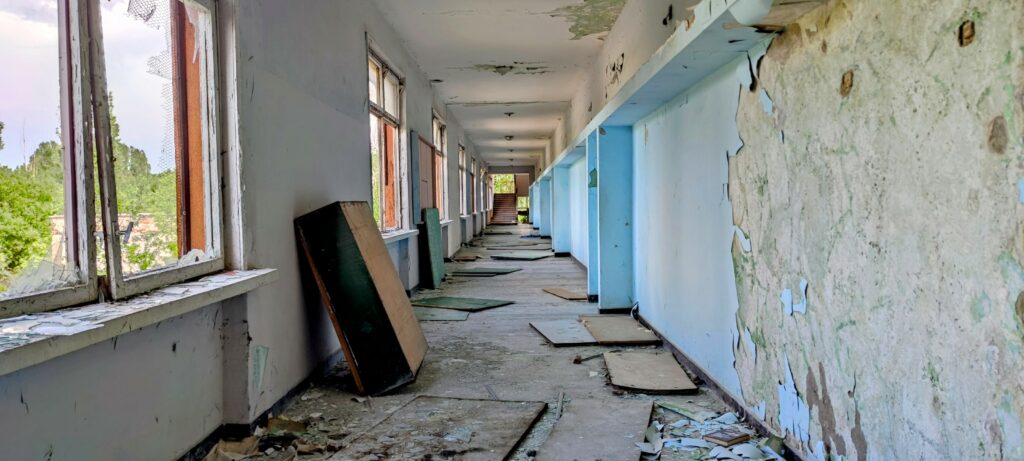
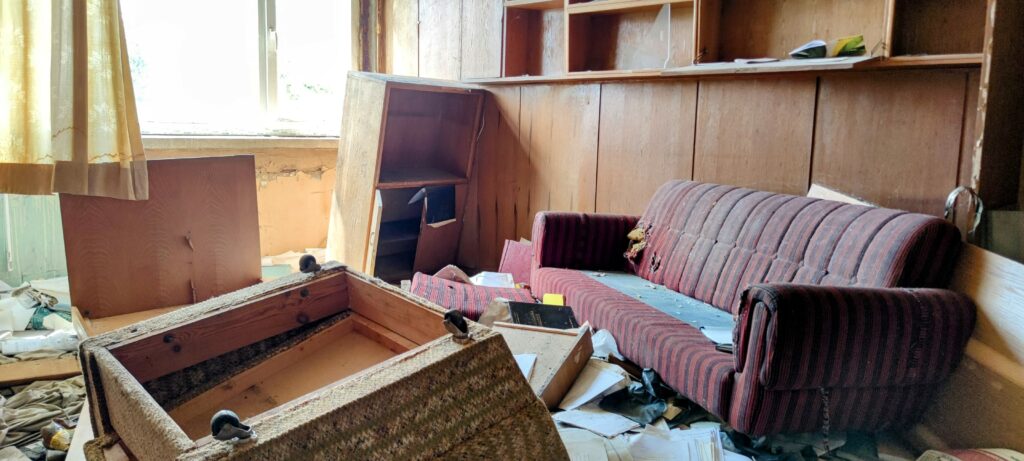
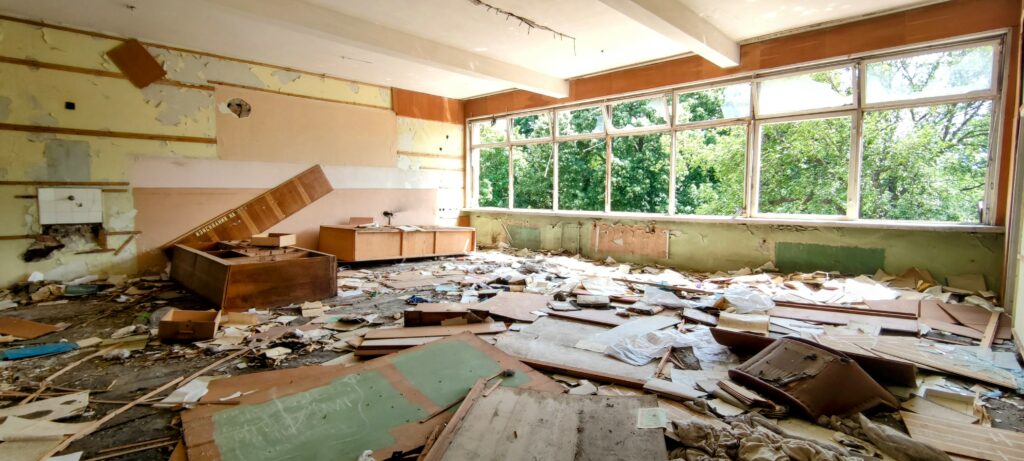
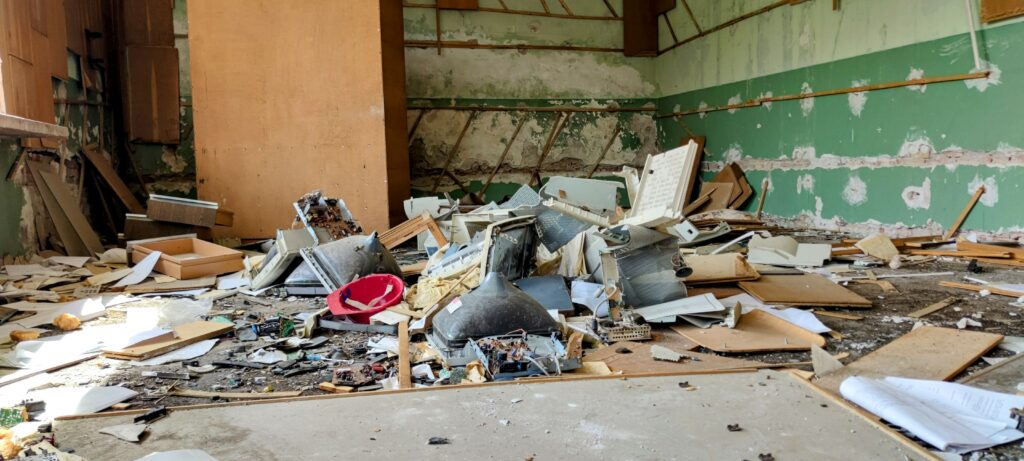
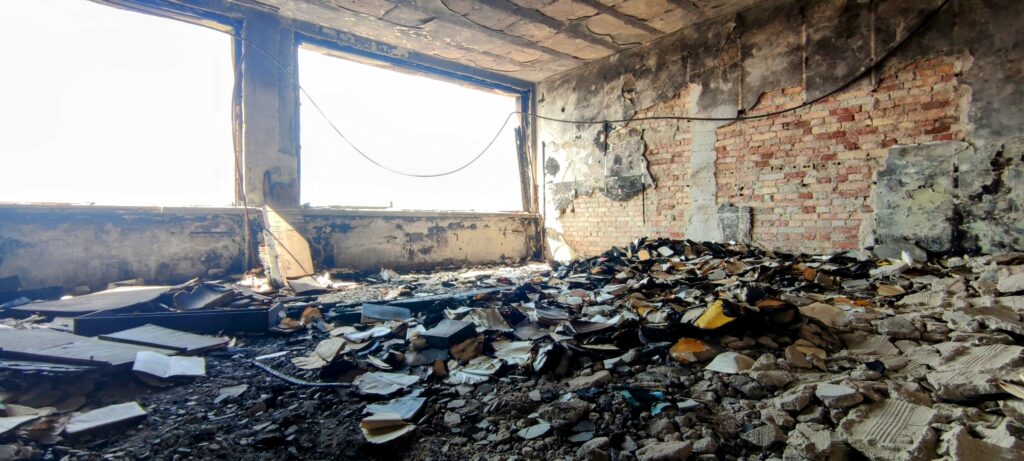
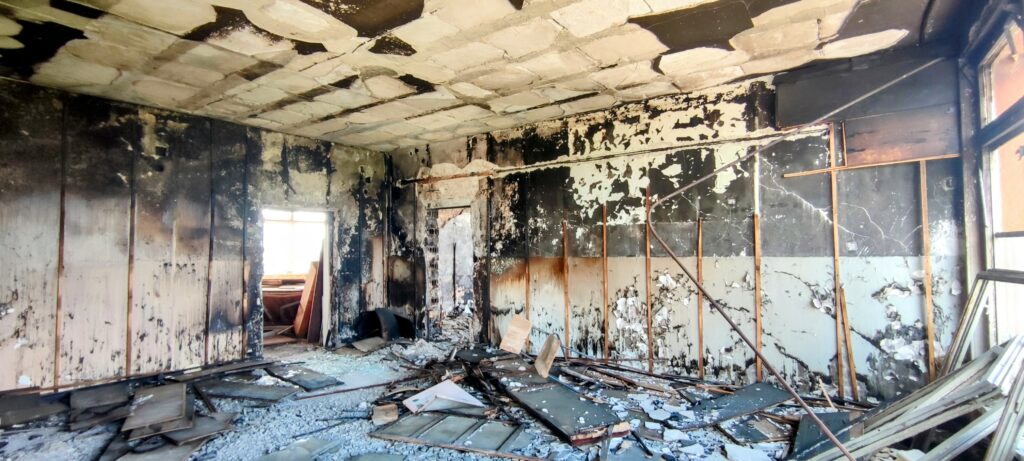
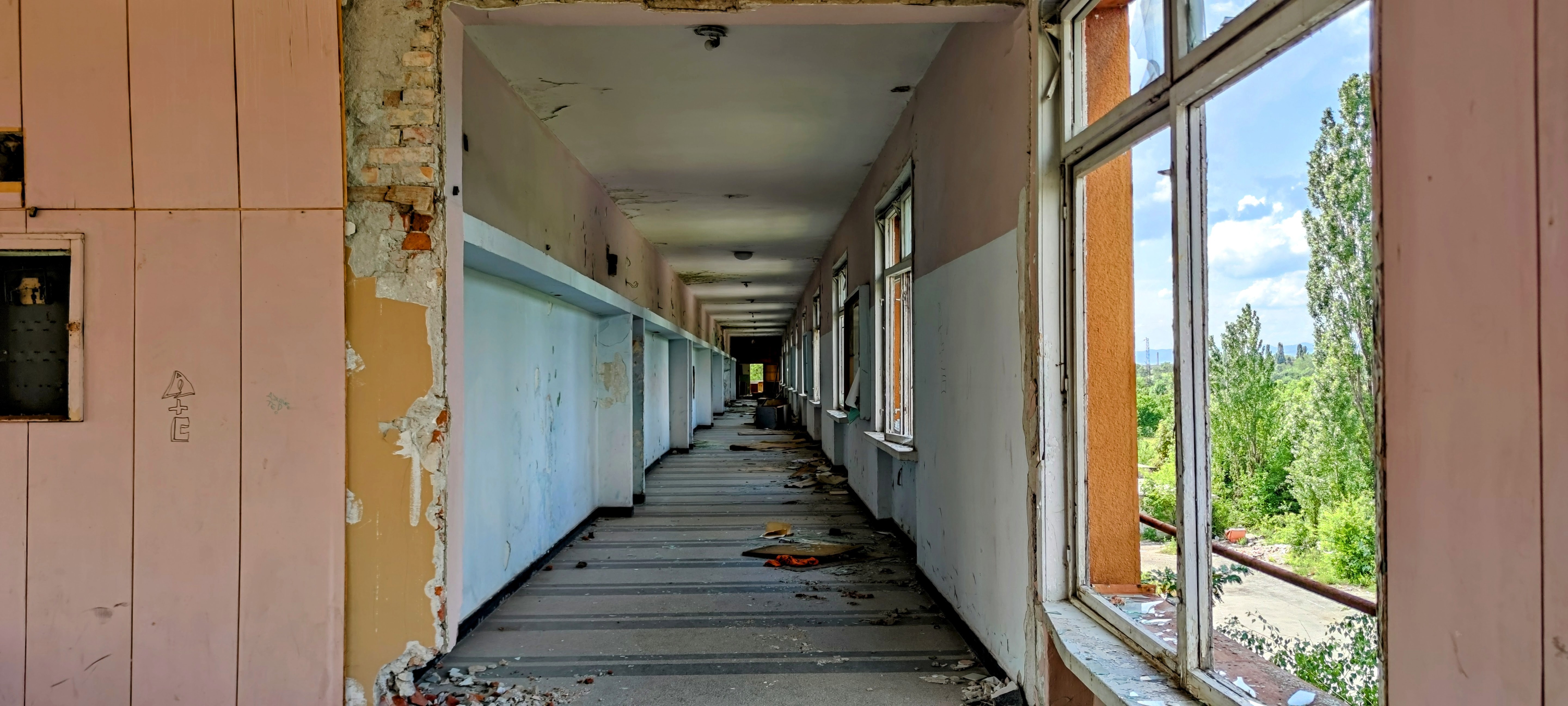


We crossed a rickety train line and approached our final stop in this communist ghost town, its redundant train station. It seemed to have once been a grand building, with open spaces and a small cluster of shops and cafes in its centre. Sunlight beamed through beams that once supported its roof, allowing plants to flourish in the footsteps of commuters.


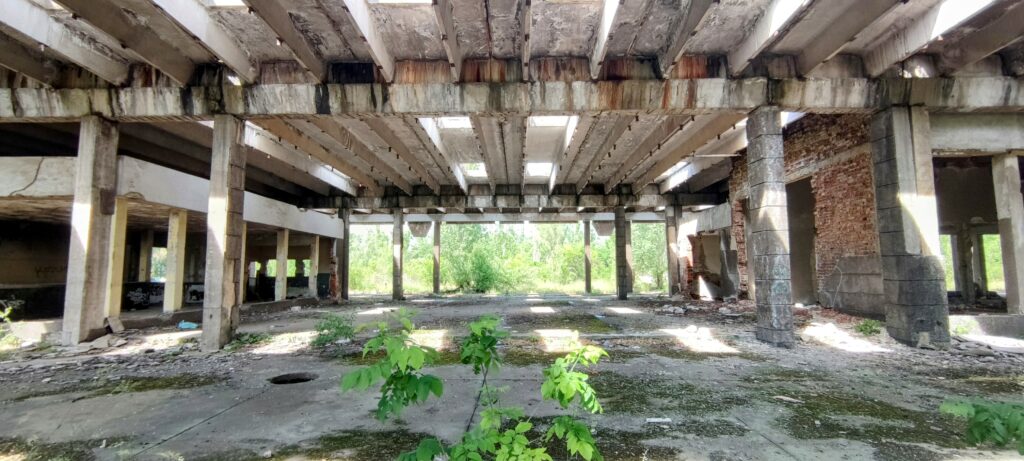


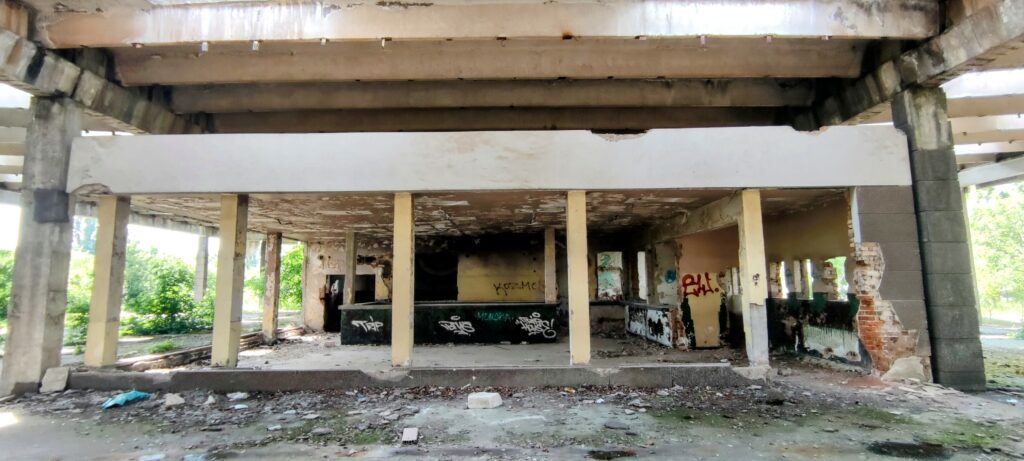
Last Updated on 19 December 2024 by Michael

